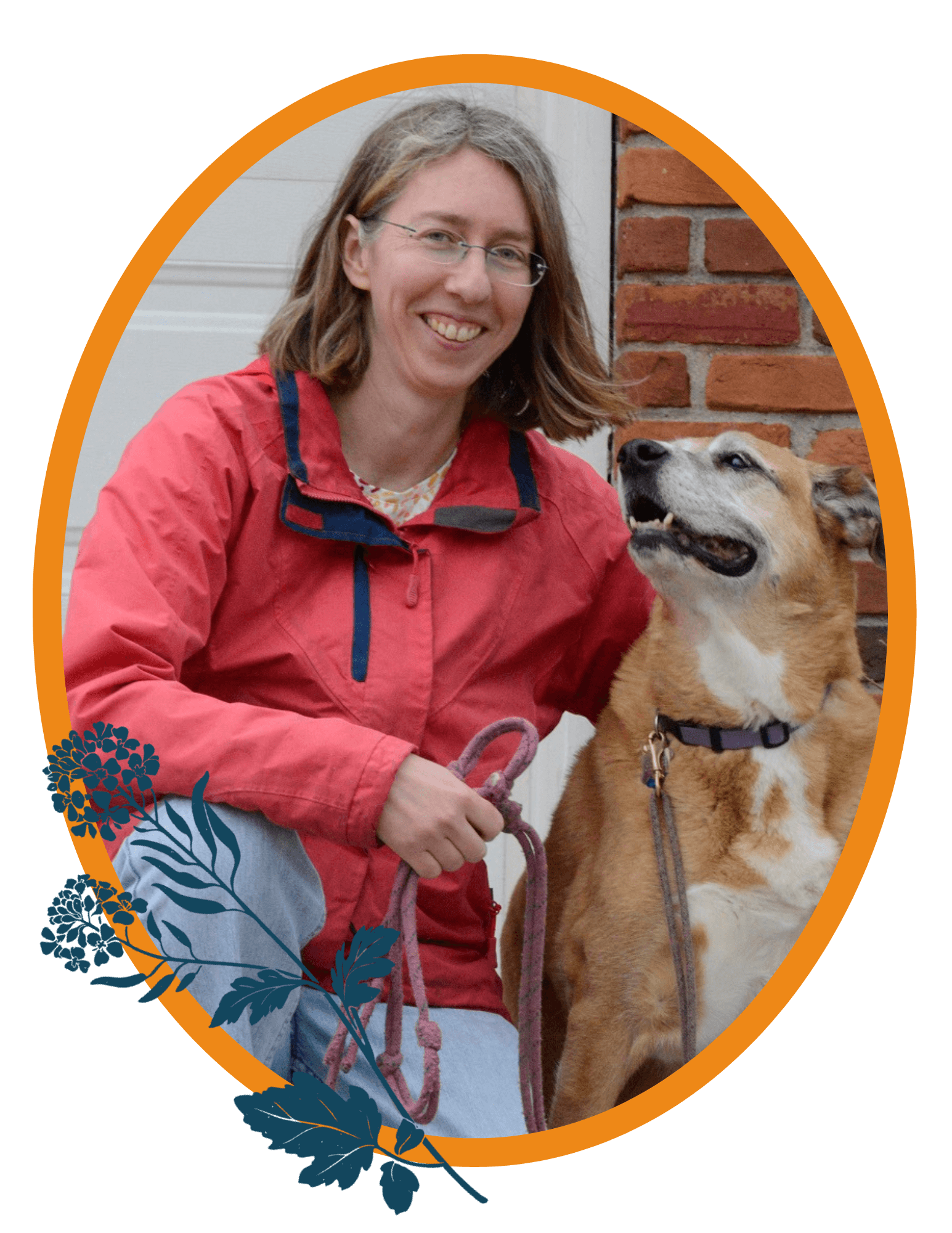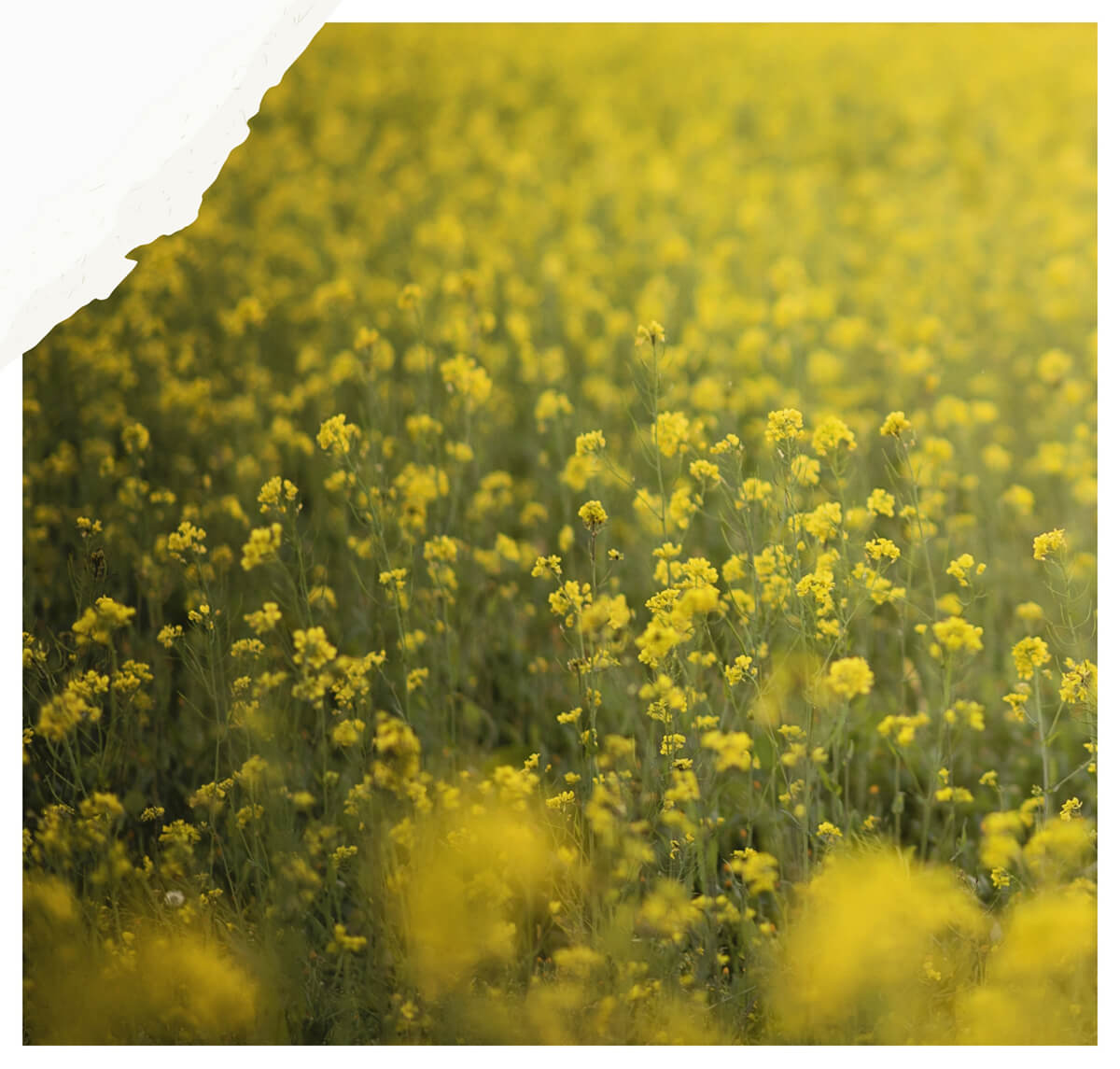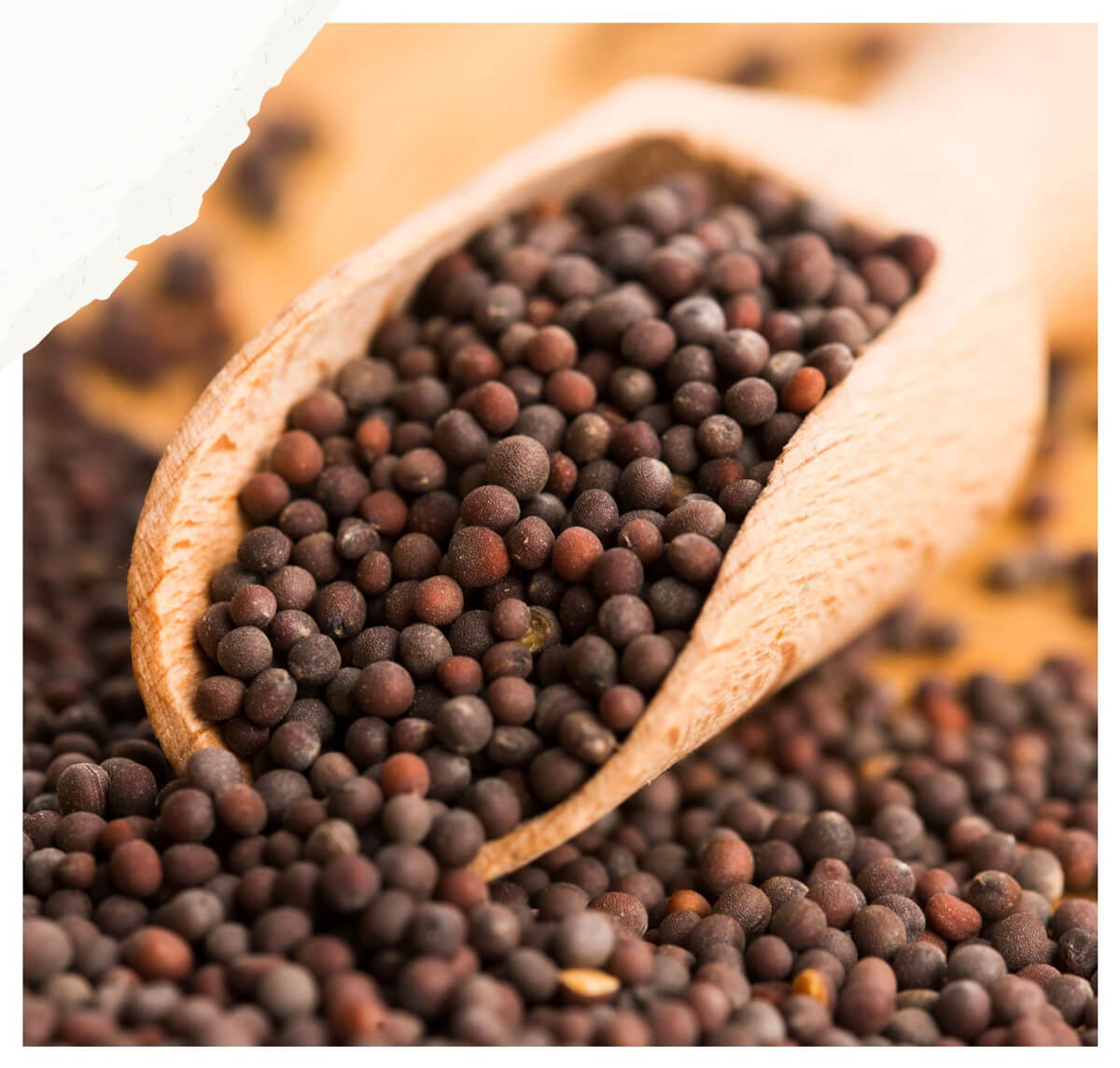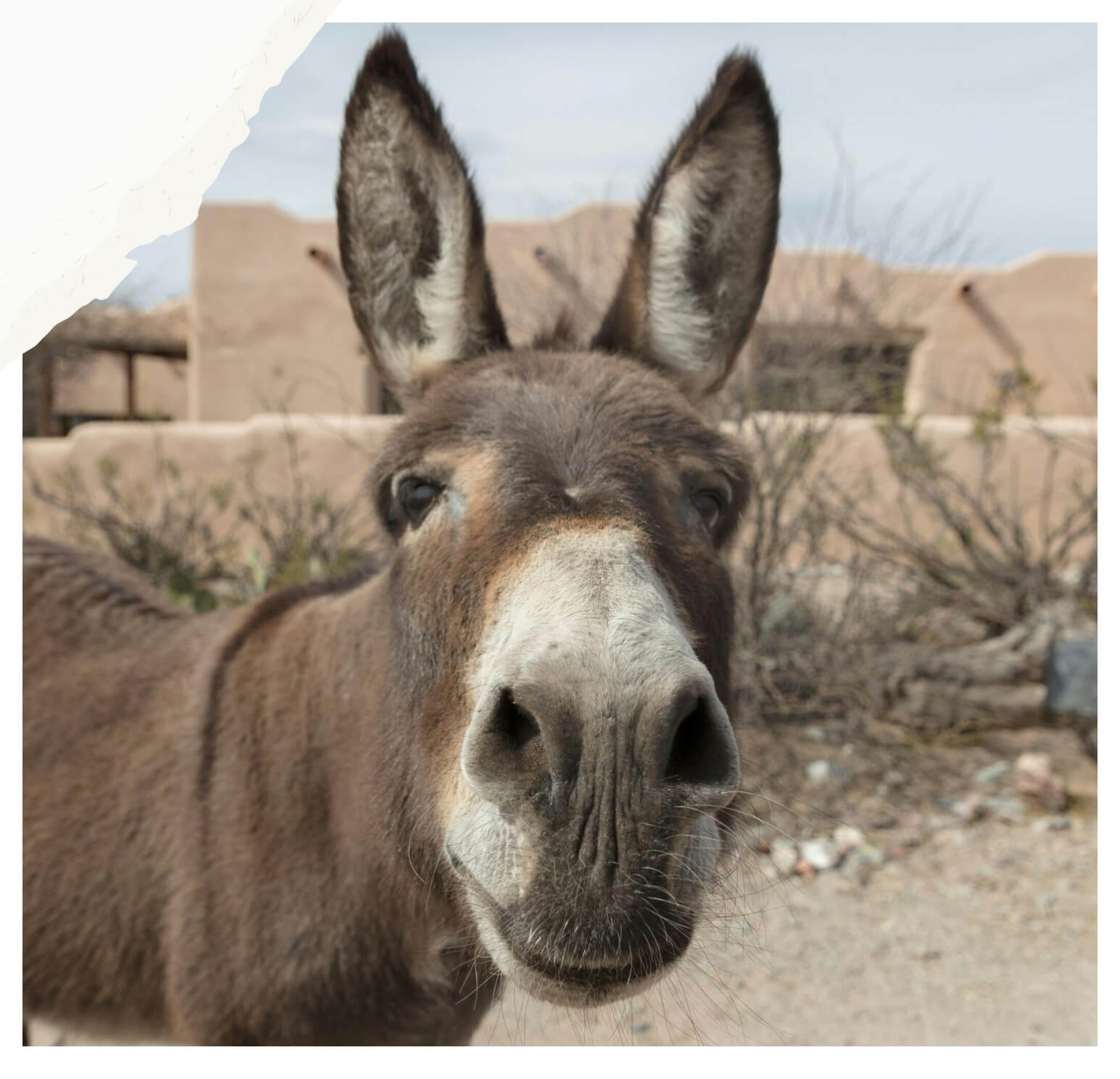Shepherds
Some of the most interesting questions are raised during Bible study. Like this one, that came about while reading Luke’s account of Jesus’ birth: And in the same region there were shepherds out in the field, keeping watch over their flock by night. And an angel of the Lord appeared to them… And the angel said to them, “Fear not, for behold, I bring you good news of great joy that will be for all the people. For unto you is born this day in the city of David a Savior, who is Christ the Lord” (Luke 2:8-11).
“Why,” the question was raised, “did the angels visit shepherds?”
Why not kings? Why not the village watchmen? Why not dispatch angels to every corner of the earth with this astounding news?
Isn’t it interesting that apart from angelic visits to Jesus’ earthly parents, the only recorded angelic herald surrounding Jesus’ birth was to shepherds?
Think about that.
The first recorded use of sheep as a sacrificial offering dates all the way back to Cain and Abel. Abel was a keeper of sheep…and Abel also brought of the firstborn of his flock and of their fat portions. And the Lord had regard for Abel and his offering (Genesis 4:2,4). Sheep were also likely part of Noah’s offering after the flood (Genesis 8:20), and when God tested Abraham during the binding of Isaac, it was a ram, caught in a thicket by his horns, that God gave to Abraham to sacrifice in place of his son (Genesis 22:13).
Generations later, God’s law dictated the use of sheep as burnt offerings (Leviticus 1:10-13), peace offerings (Leviticus 3:6-11), sin offerings (Leviticus 4:27-35; 5:1-6), and guilt offerings (Leviticus 5:14-19; 6-1-7). And it was lamb that served as the first Passover feast on the night the Israelites fled from Egypt. Israel shall kill their lambs at twilight. Then they shall take some of the blood and put it on the two doorposts and the lintel of the houses in which they eat it. They shall eat the flesh that night, roasted on the fire…you shall eat it in haste. It is the Lord’s Passover. For I will pass through the land of Egypt that night, and I will strike all the firstborn in the land of Egypt…The blood shall be a sign for you, on the houses where you are. And when I see the blood, I will pass over you, and no plague will befall you… (Exodus 12:6-13).
It was the commemoration of this very Passover feast that Jesus celebrated with His disciples on the night before He was crucified. During that meal, Jesus set before all people a new covenant. No more would continual sacrifices be necessary to abide by God’s law; all of God’s law was being fulfilled in the person of Jesus Christ. Now as they were eating, Jesus took bread, and after blessing it broke it and gave it to the disciples, and said, “Take, eat; this is my body.” And he took a cup, and when he had given thanks he gave it to them saying, “Drink of it, all of you, for this is my blood of the covenant, which is poured out for many for the forgiveness of sins” (Matthew 26:26-28).
The next day, Jesus would sacrifice Himself on a cross and then rise again three days later, defeating once and for all the sin, death, and devil that plague this world.
So why, on the night of Jesus’ birth, was His entry into the world heralded to shepherds? Perhaps it was to let them know that some of their services would no longer be needed. And to introduce them to a Lamb more perfect than any they would ever find within an earthly flock.
Behold the Lamb of God who takes away the sin of the world! (John 1:29). For Christ, our Passover lamb, has been sacrificed (1 Corinthians 5:7).
1 Comments
Leave a Comment

Search the Blog
Categories
Join the email list to receive the latest post and occasional exclusives

Meet Janet!
Janet Beagle, PhD is the founder of The Mustard Patch. She divides her time between the Midwest and New England, and if she’s not writing, she’s probably out hiking with her 2-and 4-footed friends.






AMEN!